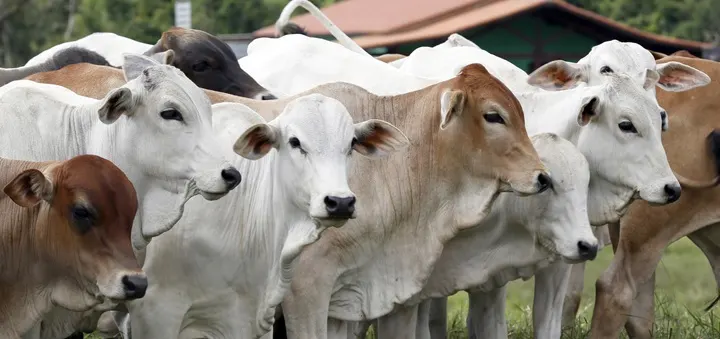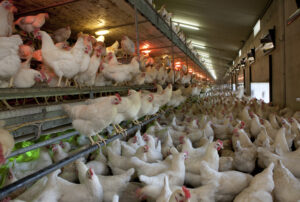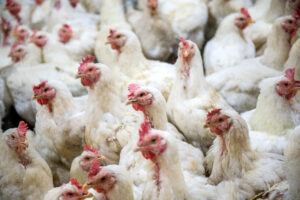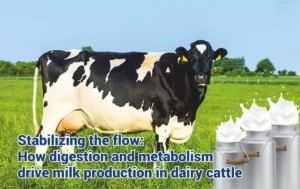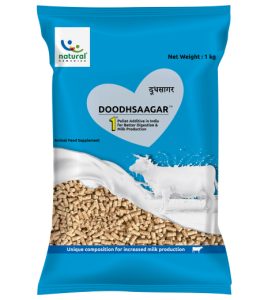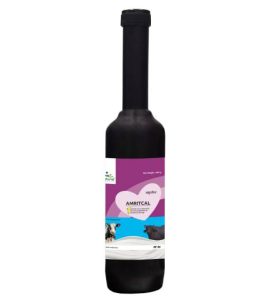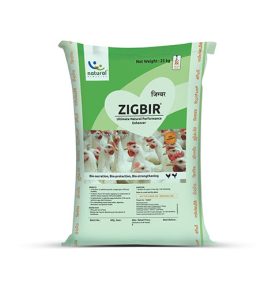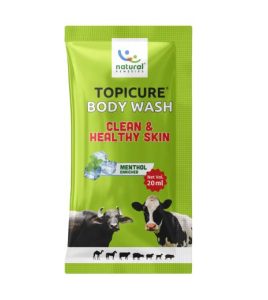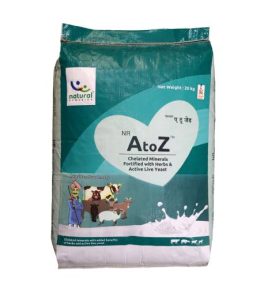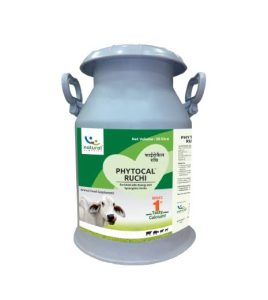Rumen acidosis is a significant metabolic disease in cattle. While some animals exhibit clinical signs, many others experience sub-clinical acidosis, which can lead to decreased productivity and long-term health issues.
What is Rumen Acidosis?
Acidosis in cattle occurs when the rumen pH drops below 5.5 (normal pH ranges between 6.5 and 7.0). In severe cases, the pH can fall even lower, leading to major digestive and metabolic disruptions. The condition affects rumen motility, causing it to become atonic, which reduces appetite and production. Additionally, the altered acidity encourages acid-producing bacteria to dominate, further exacerbating the condition. If left untreated, the increased acid absorption through the rumen wall can result in metabolic acidosis, shock, and even death.
Causes of Rumen Acidosis
The primary cause of rumen acidosis is an excessive intake of rapidly fermentable carbohydrates, such as barley and other cereals. Key contributing factors include:
- Acute acidosis: Often seen in ‘barley beef’ systems where cattle gain unintended access to large quantities of high-energy feeds, leading to severe illness or death.
- Sub-acute rumen acidosis (SARA): Common in dairy cattle due to high concentrate feeding with insufficient fiber intake.
Symptoms of Acidosis in Cattle
Acute Acidosis Symptoms:
- Sudden death
- Loss of appetite
- Depression and lethargy
- Increased heart rate
- Diarrhea
- Liver abscesses (in advanced cases)
Sub-Acute Rumen Acidosis (SARA) Symptoms:
- Decreased feed intake
- Poor body condition and weight loss
- Unexplained diarrhea
- Elevated temperature, pulse rate, and respiratory rate
- Lethargy and reduced productivity
Treatment of Rumen Acidosis
Sub-acute rumen acidosis is difficult to diagnose in real-time, and there is no specific treatment once the rumen pH has dropped. However, secondary conditions can be managed with supportive care. In severe cases, buffer agents and dietary adjustments may help stabilize the animal.
Prevention Strategies
Preventing rumen acidosis in cattle requires proper diet management and feeding strategies:
- Balanced Diet Formulation: Ensure an appropriate ratio of fiber and non-fiber carbohydrates.
- Feed Bunk Management: Prevent excessive feed competition and avoid long periods of feed deprivation.
- Adequate Forage Intake: High-fiber rations encourage saliva production and aid rumination.
- Incorporating Dietary Buffers: Sodium bicarbonate or potassium carbonate can help maintain rumen pH balance.
- Supplementation with Direct-Fed Microbials: Yeasts, lactobacilli, and enterococci enhance lactate utilization, reducing acidosis risk.
- Use of Ionophores: Supplements like monensin sodium selectively inhibit lactate-producing bacteria, lowering the risk of rumen acidosis.
Conclusion
Rumen acidosis in cattle is a serious metabolic disorder that can significantly impact herd health and productivity. Understanding its causes, recognizing early symptoms, and implementing effective prevention strategies are crucial to maintaining optimal rumen function and overall animal health.










